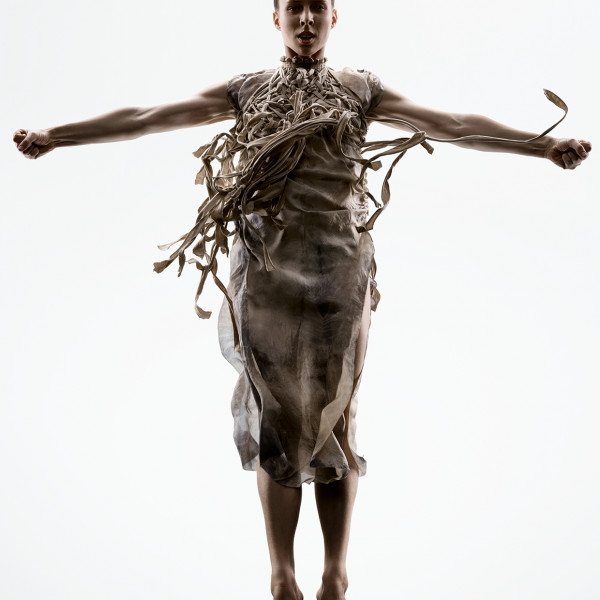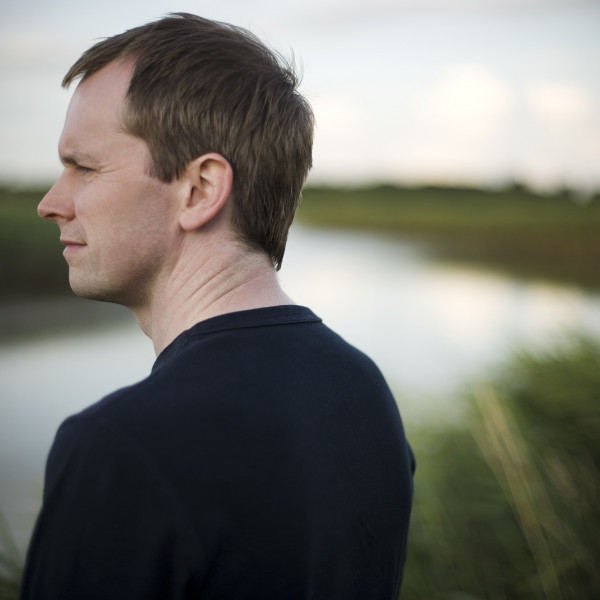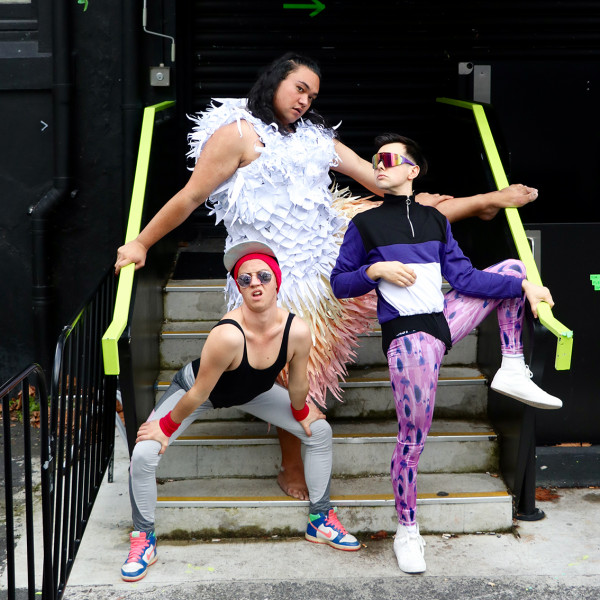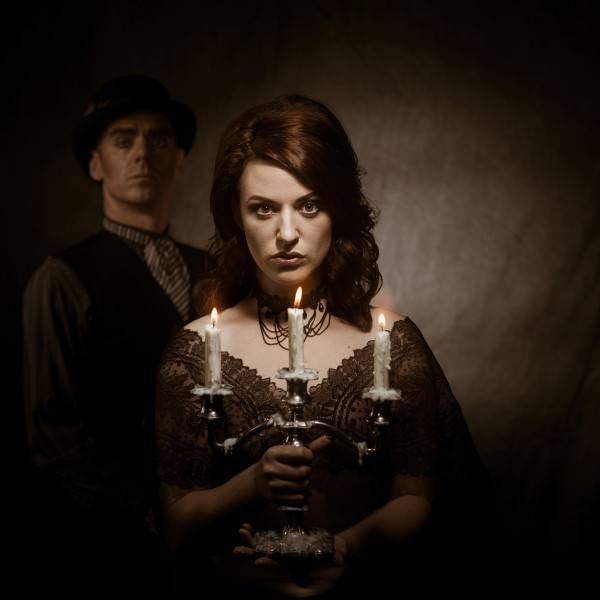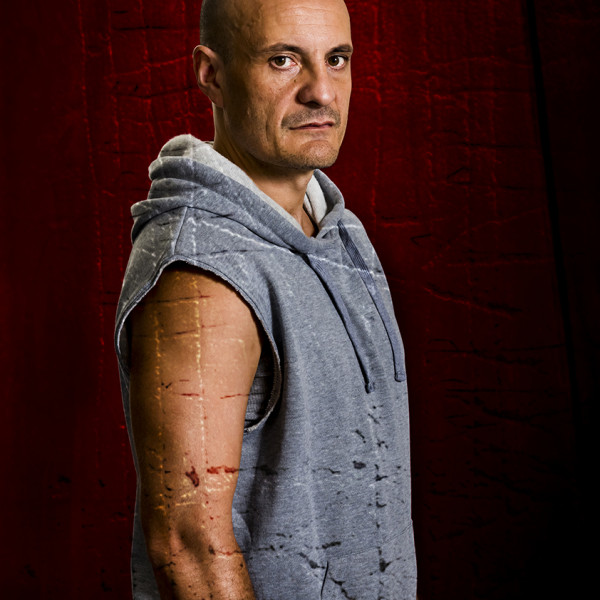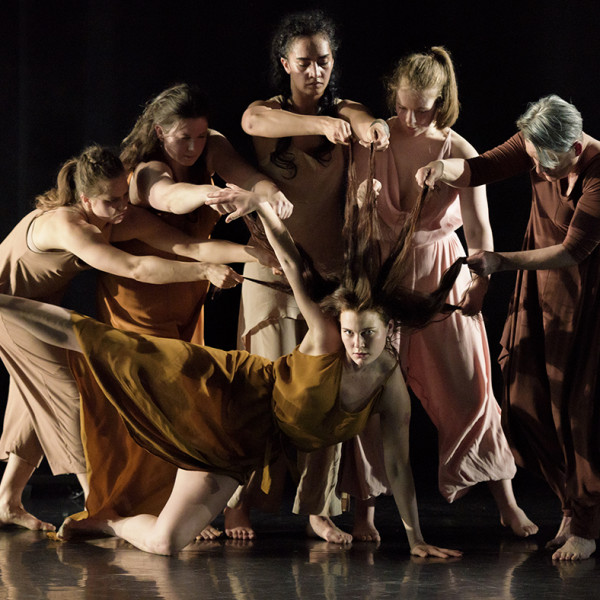
Orchids
Directed by: Sarah Foster-Sproull
Circa Theatre, 24th Jul 2019
Reviewed by: Madelaine Empson
Inspired by the resilience of the orchid flower, Orchids explores the many facets of femininity. Seven performers – Marianne Schultz, Katie Burton, Rose Philpott, Jahra Wasasala, Joanne Hobern, Tori Manley-Tapu, and Ivy Foster, Foster-Sproull’s daughter – dance beauty and light, darkness and rage.
It takes me a long time to shut off my narrative brain while watching Orchids. Once I accept a story is not going to emerge, I relax and allow myself to be lulled, and at times startled, into a trance.
Each vignette has its own intention. Shifts in mood and tone are frequent and dramatic, and yet the dance is seamless, blurring elegantly into a series of arresting images emblazoned in my mind’s eye. In the dark I see 10 fists clenched into a ponytail, wild hair pulled taught at every angle, feet buoyant on palms.
Bodies merge, touch, and heave as one but are strikingly individual. Orchids is written in such a way as to give each dancer time to both shine and sync. It’s about woman and women – alone and together. It’s as complex and conflicting as the female psyche, as intricate as the human condition itself, and as joyful to dissect.
The dancers never miss a beat. Considering Foster-Sproull’s relentless, remarkable choreography and that Eden Mulholland’s augmenting sound design rarely features lyrics for cues, this seems like an impossible feat to a mere mortal like me. Though equally matched in proficiency, I find myself drawn to Wasasala for her angular precision and nine-year-old Foster for her raw talent and angelic stage presence.
Jennifer Lal uses light and space to play with Andrew Foster’s set design, featuring a floating sheet of material that moves and breathes as if by magic. All elements of the design, from sound to Rose Philpott and Tori Manley-Tapu’s pastel-hued silk costumes, are breathtaking but never distracting.
Most people I spoke to after Orchids responded with noises rather than words, a fantastic testament to its instant and lasting impact.




